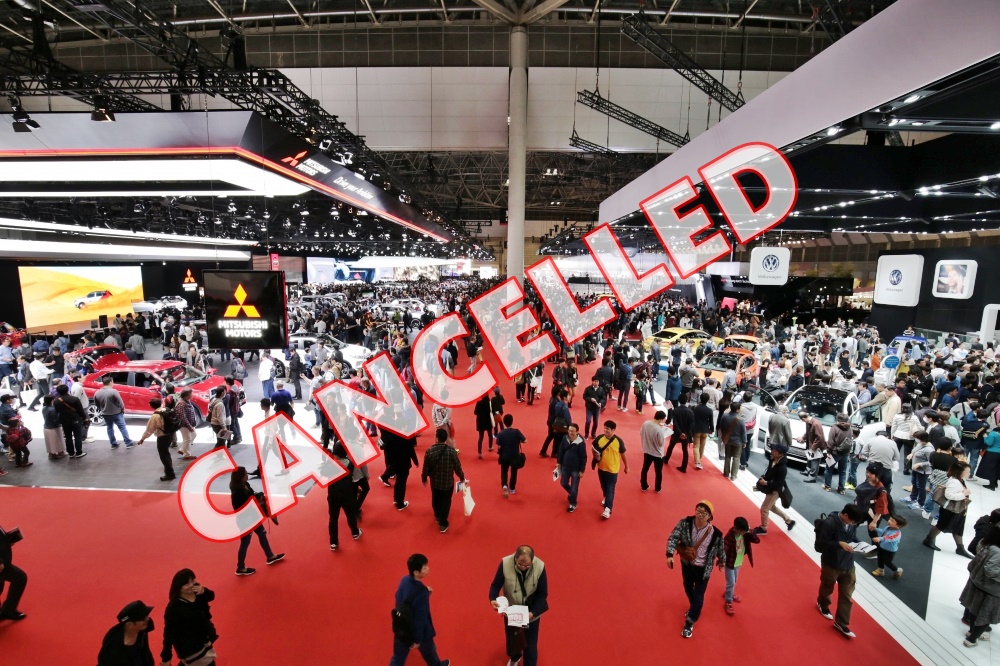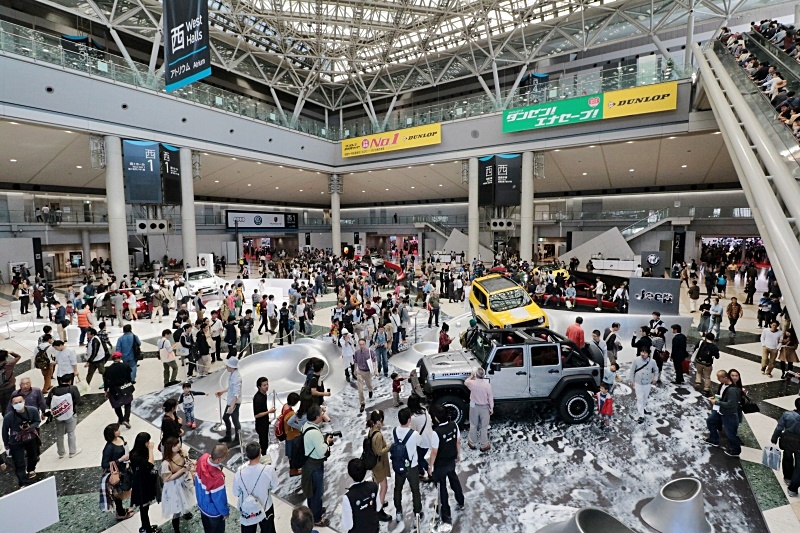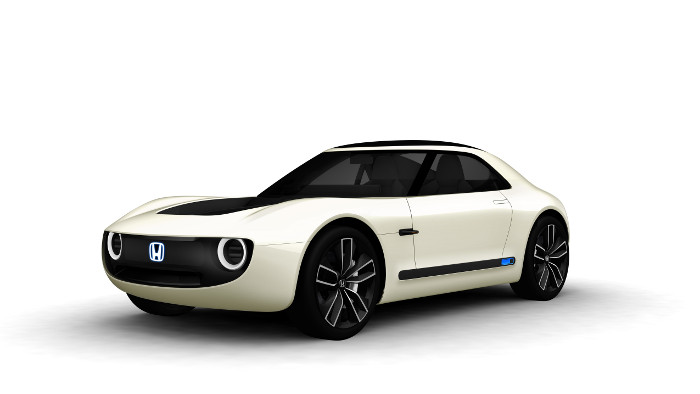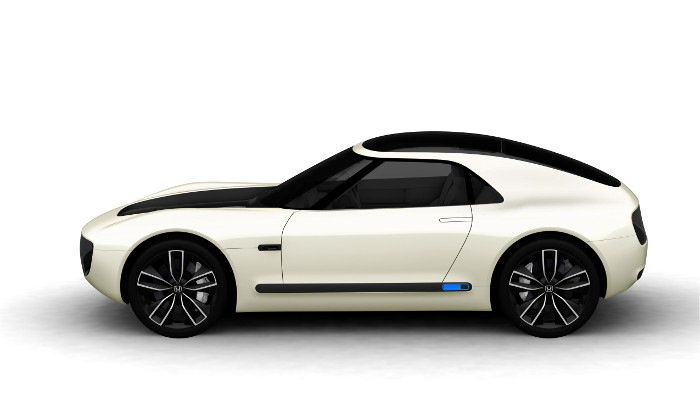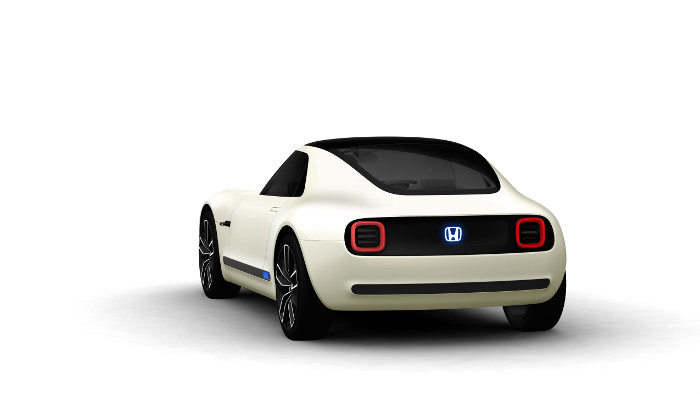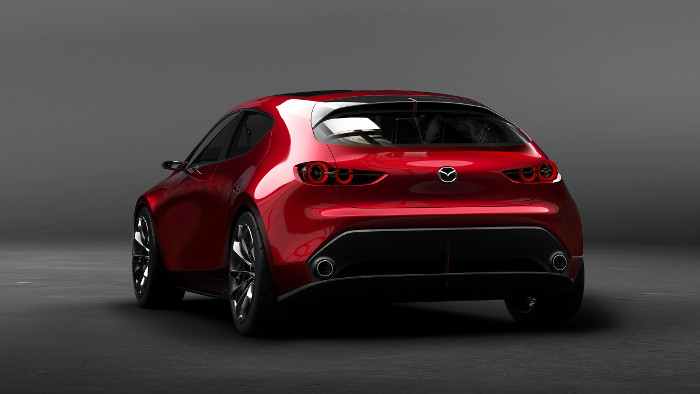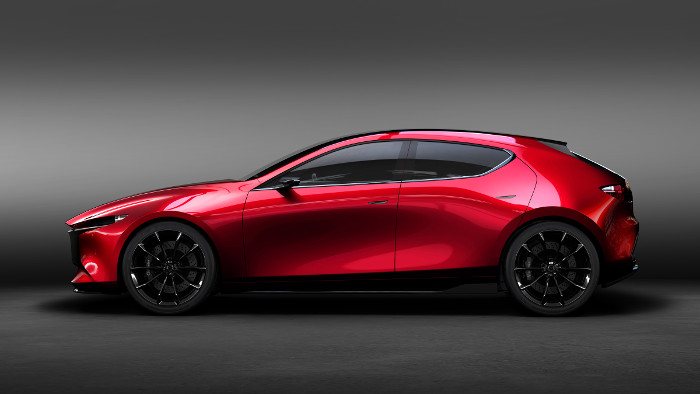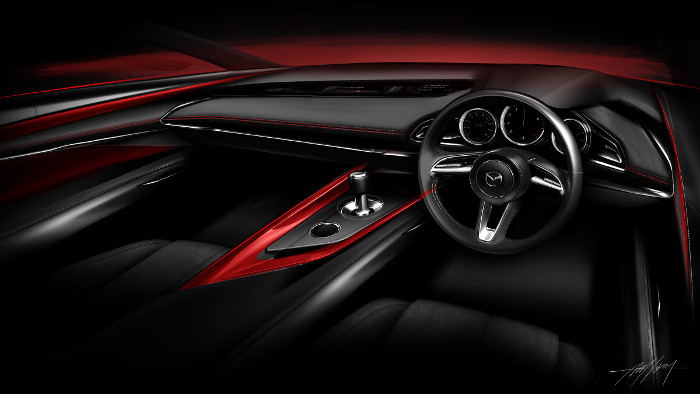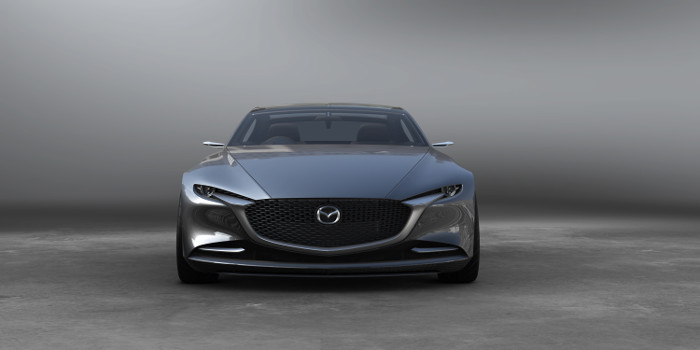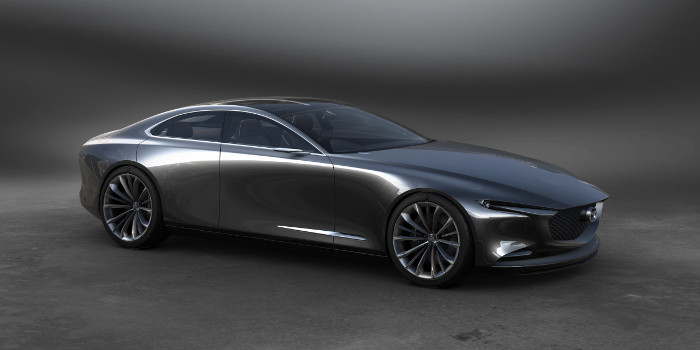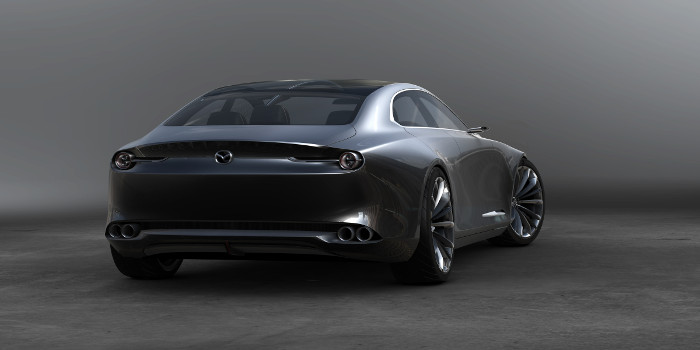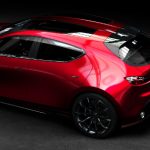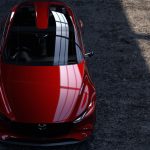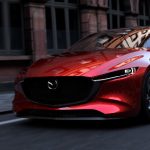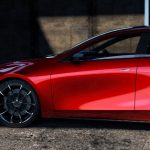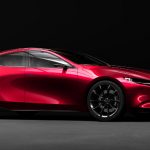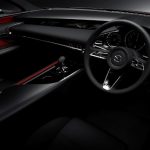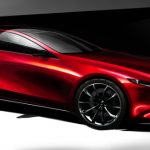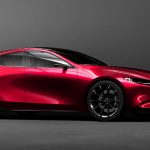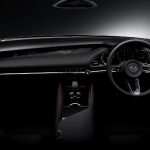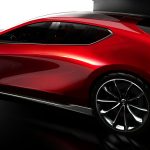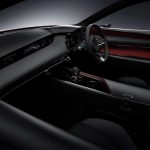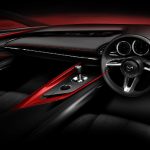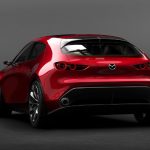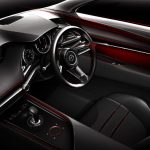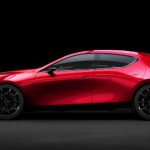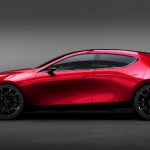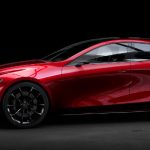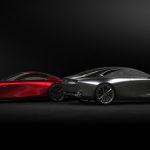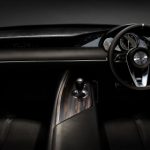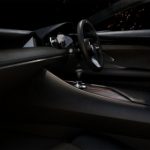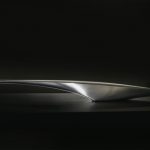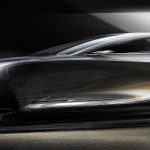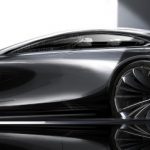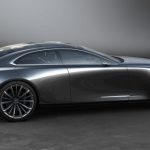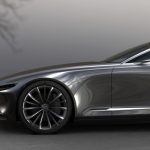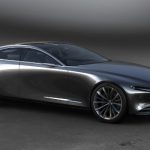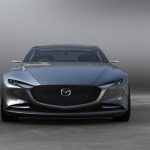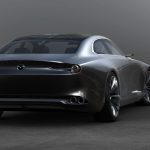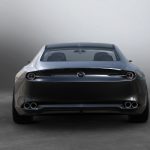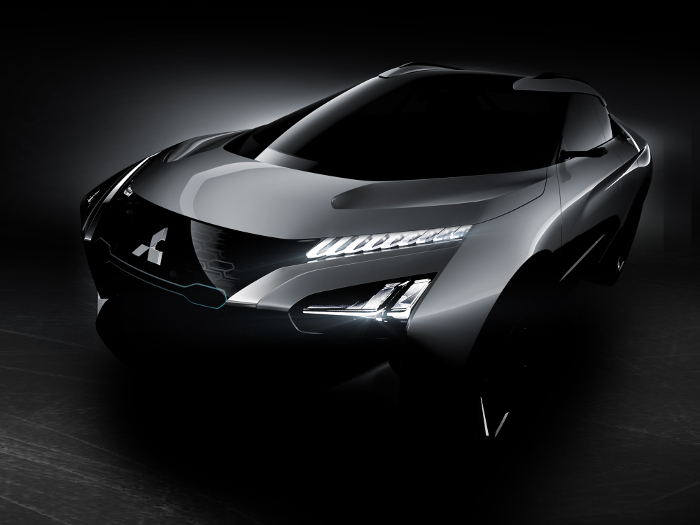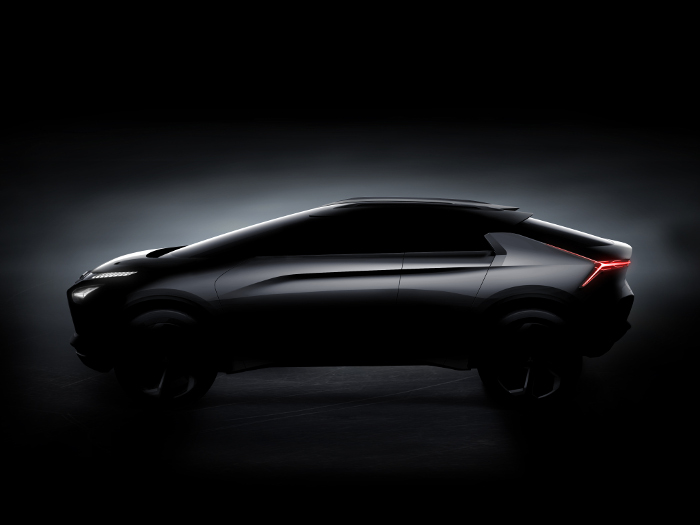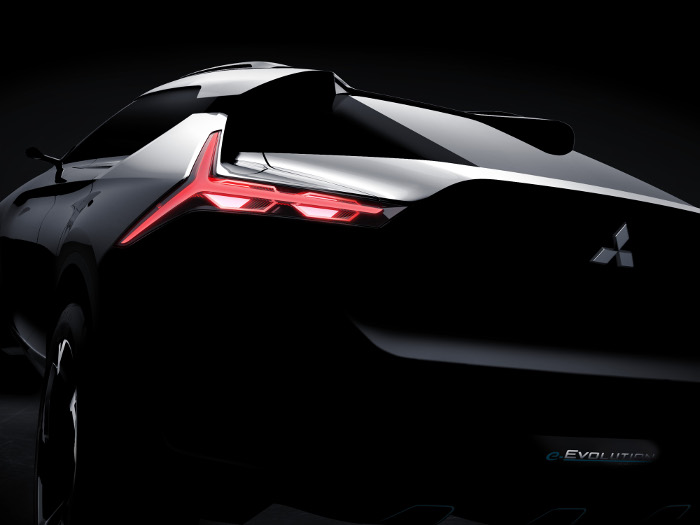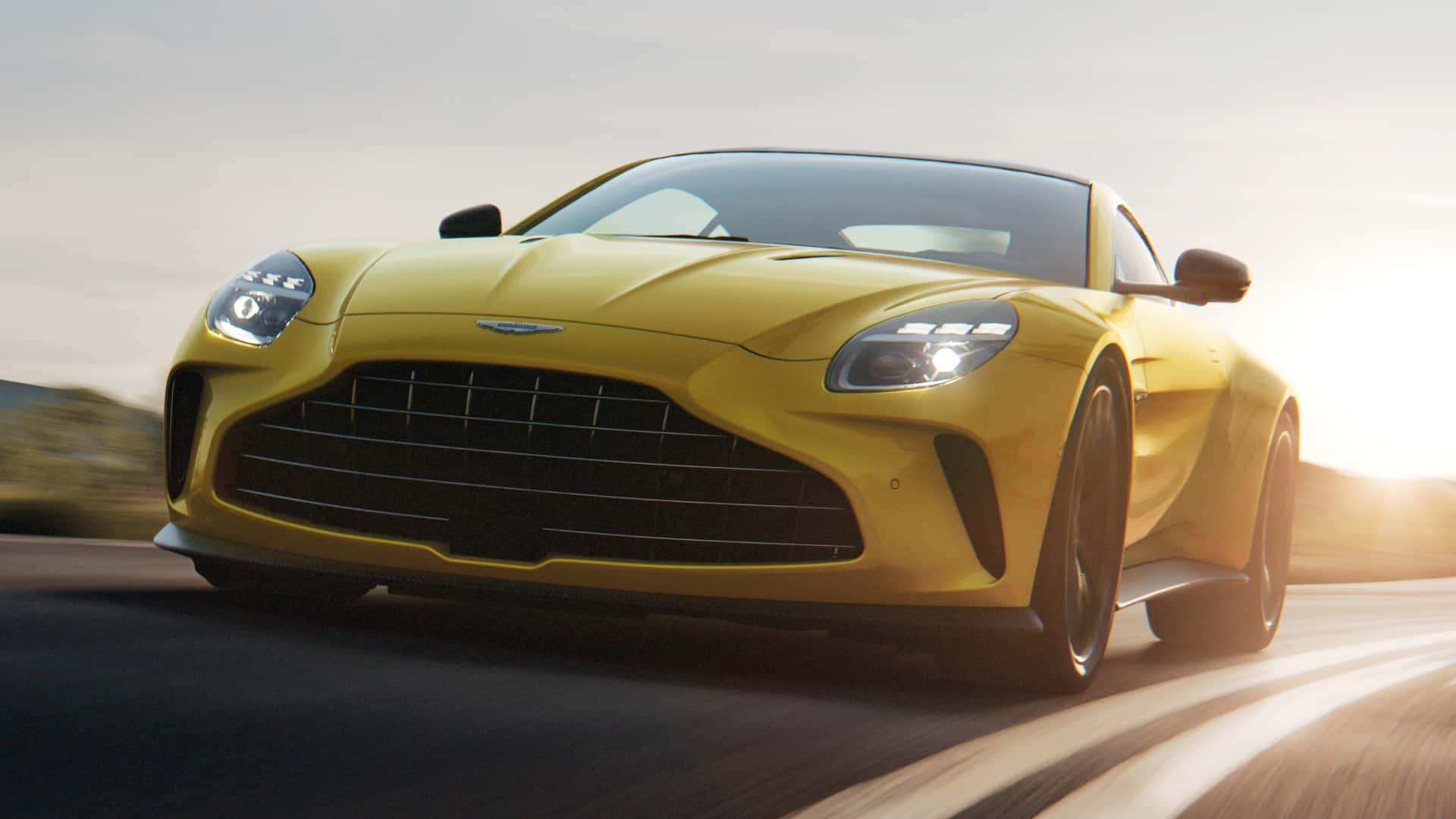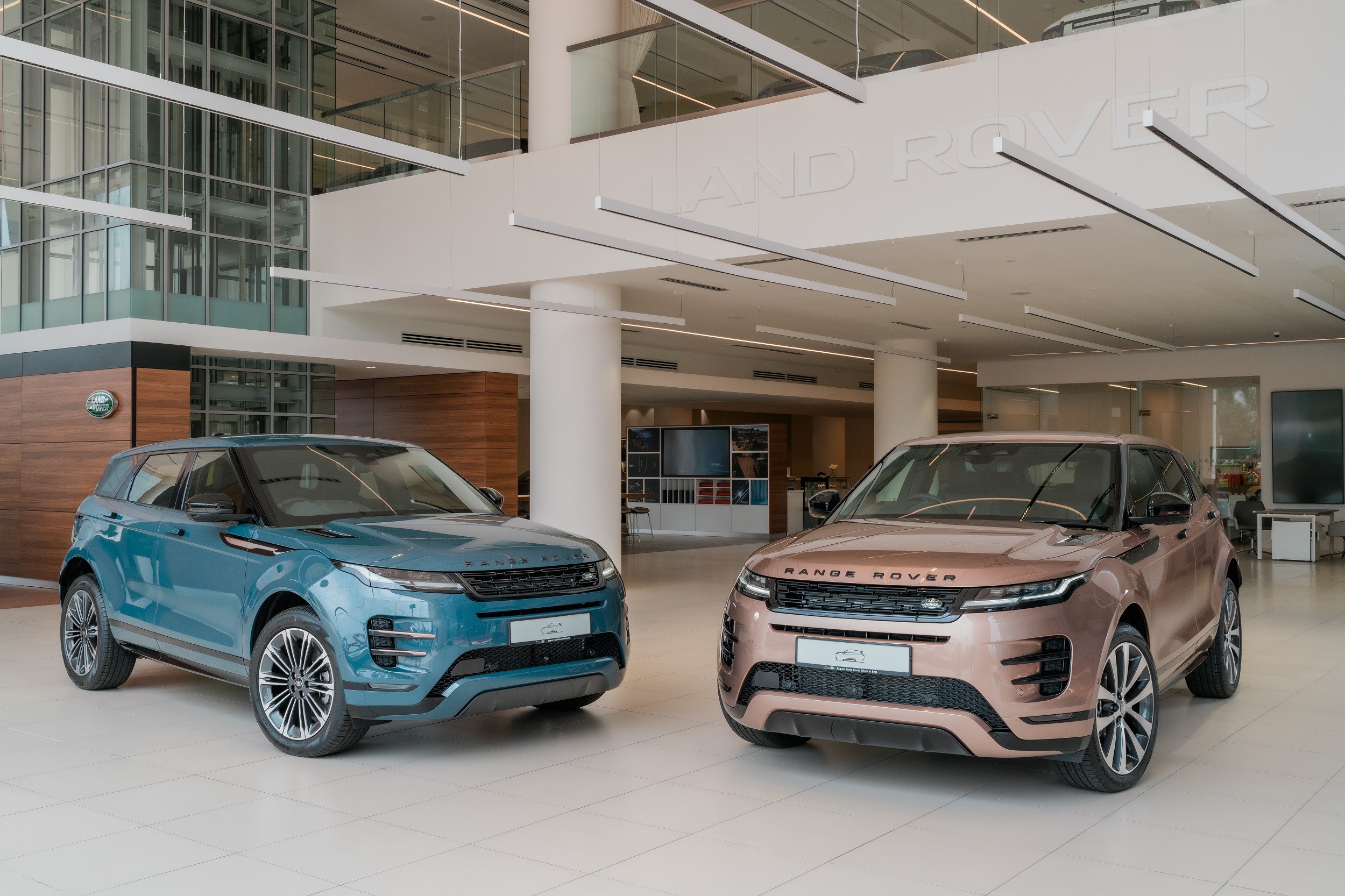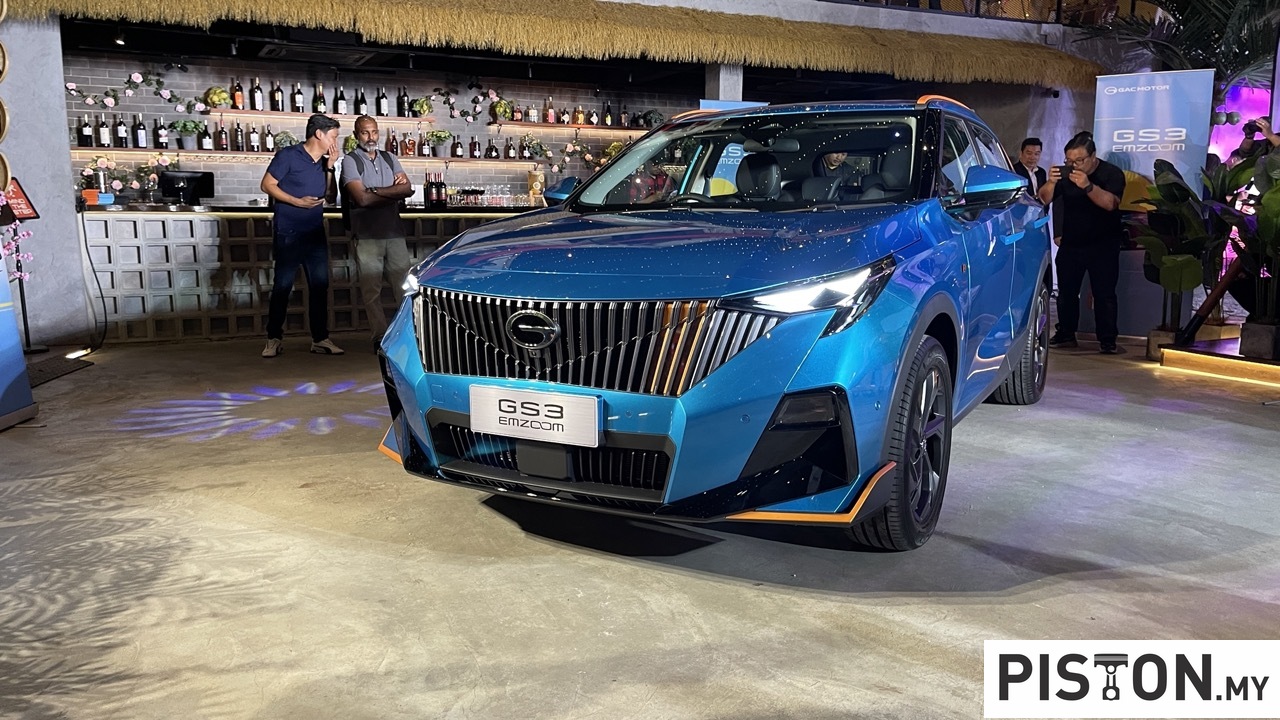
The 2020 Geneva Motorshow was the first motorshow ‘casualty’ of the COVID-19 pandemic. Just days before it was due to open, the organizers were forced to cancel it when the Swiss government banned gatherings of more than 1,000 people. Thereafter, other similar events had to be cancelled as the pandemic swept the globe, forcing manufacturers with new models to launch to use online channels.
The pandemic continues and though vaccines are now available, the numbers still grow in some countries. Organizers of motorshows have been hopeful that they can run their events again this year and some, like those in Thailand and China, have actually done so. However, the changed circumstances have also forced manufacturers and exhibitors to review their activities and with tighter budgets, the high cost of participating at a motorshow may no longer be acceptable.
First cancellation since 1954
For the Japan Automobile Manufacturers Association (JAMA), organizers of the Tokyo Motorshow which has been run since 1954, the seriousness of the pandemic in Japan has led them to make a decision that they should not run the event this year. It will be the first time in the history of the Tokyo Motorshow that it has not been run, with the last one being in 2019. Even in the late 2000s, when participation dropped, the motorshow was still held although its venue changed to a smaller one closer to Tokyo.
“The Tokyo Motor Show is being canceled, not delayed. It’s difficult to hold the event in a way in which many people will be able to experience the appeal of mobility in a safe and secure environment,” said Akio Toyoda, Chairman of JAMA, at a JAMA news briefing.
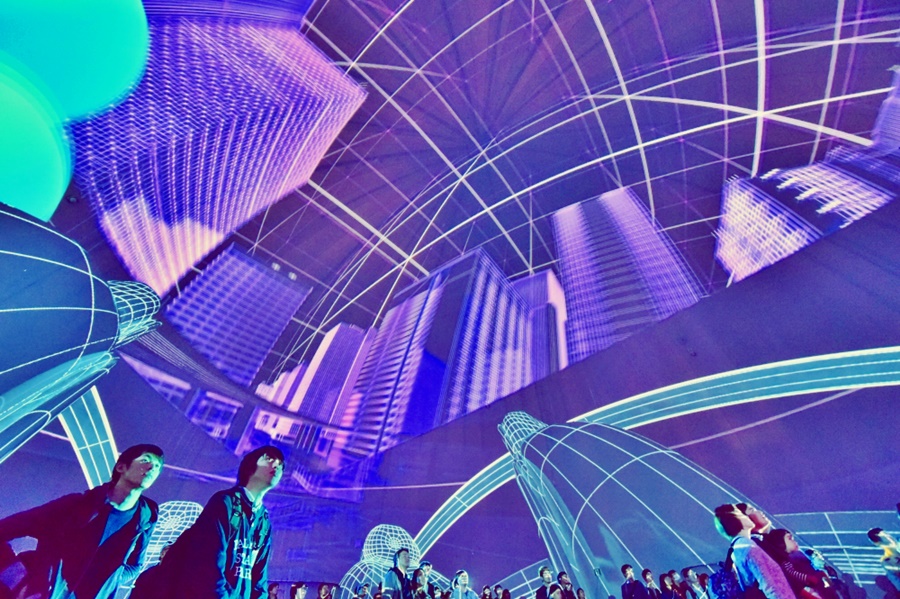
Broader scope in future
Mr. Toyoda suggested that the event could be run again in 2022 or 2023 but it would likely have a different scope, showcasing not just new vehicles and future designs but also mobility solutions. Mr. Toyoda, who is also President of Toyota Motor Corporation, said that it might even be called the ‘Tokyo Mobility Show’.
He ruled out the possibility of an online motorshow, explaining that ‘we would like to prioritize having visitors experience these vehicles in the real world, and we would rather hold the event in the real world, not virtually.’

The Tokyo Motorshow has been one of the global motorshows held annual in its first 20 years, and then every two years from 1973 onwards. Its floor area grew from 15,000 square metres in its first year to over 211,000 square metres when it was at the Makuhari Messe complex near Tokyo Disneyland.
Even in its first year, there were over 250 vehicles displayed, with the highest number being around 1,000 vehicles in 1985. In 1995, it had the highest number of companies participating (361) but in the years that followed, the number began to fall. By the 2011 event, in view of the reduced number of exhibitors, the organizers made the decision to move to a smaller site at Tokyo Big Sight along Tokyo Bay. As for visitor numbers, the highest was about 2 million in 1991. The 2019 show seemed to show interest renewing in the event as 1.3 million people attended, 69% more than the 2017 event.
The other motorshows
Due to the financial consequences of the cancellation of Geneva Motorshow in 2020, the organizers decided not to have an event in 2021. It was pointless anyway as a majority of exhibitors expressed unwillingness to participate and indicated they would prefer to do so in 2022.
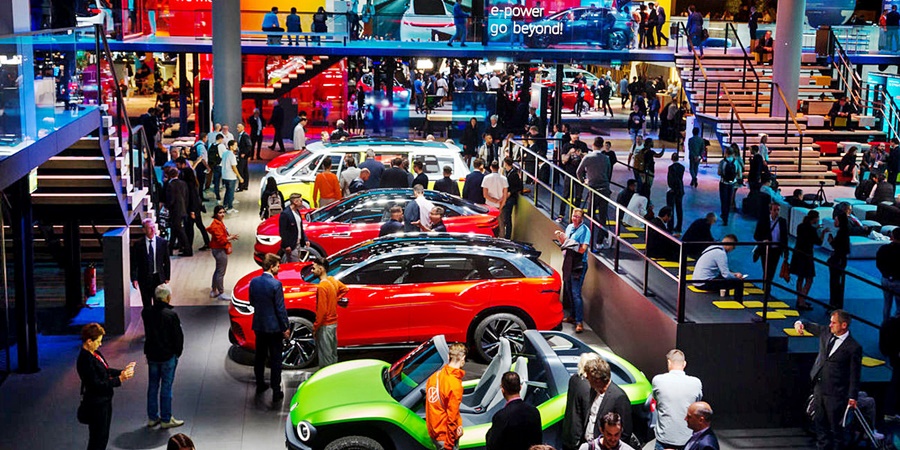
In America, the 2021 North American International Auto Show was not held at its traditional time at the beginning of the year. Instead, the organisers now say that the ‘reimagined indoor and outdoor show’, originally planned for mid-2021, will be held at the end of September. The new month is to become permanent, moving forward.
Earlier in the year, the Frankfurt motorshow organizers said there will be no motorshow this year, at least in Frankfurt. Like the Tokyo Motorshow, Frankfurt has been run every two years and alternates with the motorshow in Paris (which was cancelled last year). There are hopes that a motorshow in Germany could be held in another city but given the uncertainty of the pandemic, nothing is being decided.


